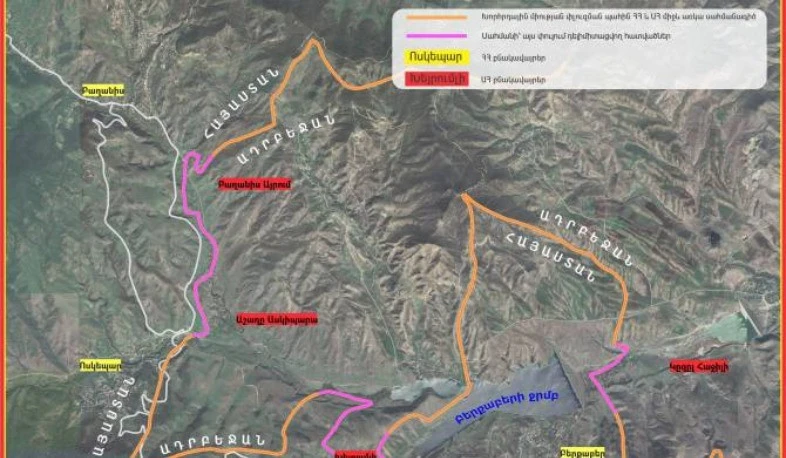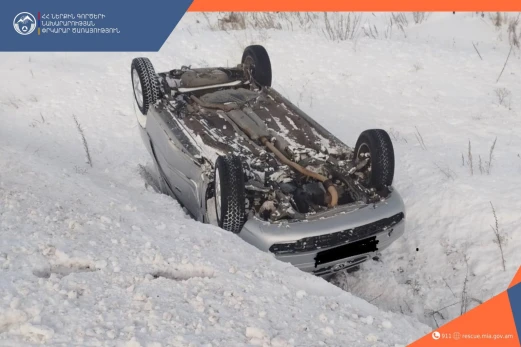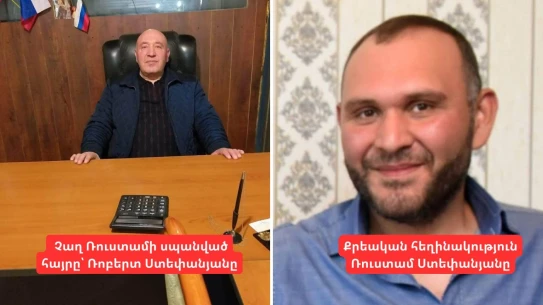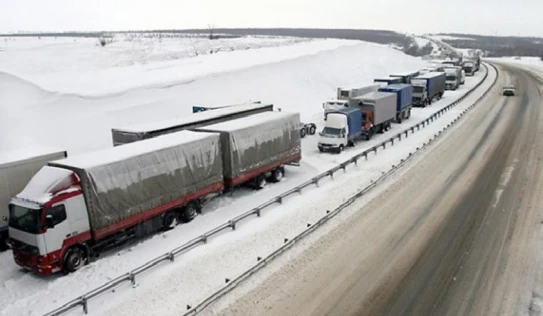The Department of Information and Public Relations of the Prime Minister's Office responded to the statement published on May 15 by the commissions of Armenia and Azerbaijan on border demarcation issues."Armenpress"to the questions of We present the question and answer below.
Question -The commissions on border demarcation issues of Armenia and Azerbaijan issued a joint message, which states that the border description-protocols were agreed upon in the parts of the villages of Baghanis in Armenia, Baghanis-Ayrum in Azerbaijan, Voskepar in Armenia, Ashagh Askipara in Azerbaijan, Kirants in Armenia, Khairemli in Azerbaijan, Berkaber in Armenia, Kizil Hajili in Azerbaijan. are based on topographic maps of the General Staff of the USSR Armed Forces of 1976 with a legal basis. What does this mean:
Answer:- You are already aware that border posts have been installed by the respective working groups in the mentioned areas to locate the pre-agreed coordinates. Those coordinates are taken from the 1976 maps mentioned above. Now the cartographers have already agreed on the lines of crossing the borders between the pillars, again on the basis of the same maps. That is, the reproduction of the border line in these areas has been completed, agreed, signed and the border is considered delimited in these areas.
Question- And why were the maps of 1976 chosen, which, as stated in the press release of the demarcation commissions, were used by the General Staff of the Armed Forces of the USSR?
Answer -It is, in fact, the map with a de jure legal basis at the time of the collapse of the Soviet Union. For the RA government, the approach that a new border between Armenia and Azerbaijan is not created, but the de jure border that existed at the time of the collapse of the USSR, is reproduced.
Question- In the message of the commissions, it is mentioned that these maps went through duty procedure in 1979. What does that mean and why weren't the maps from, say, 1990 picked up?
Answer -That wording is legal terminology, which means that the authorized body of the USSR in the field of cartography and geodesy in 1979 checked the accuracy and legal basis of the map. These maps were used until the collapse of the Soviet Union. That is, they are the most recent maps verified by the competent state authorities of the USSR.
Question -Not all border posts have been installed in Kirants village of Tavush marz. How will that issue be resolved? And in general, how are the issues resolved in the Kirants sector? Will there be a question of building a new road, expropriating houses?
Answer -The three coordinates of Kirants have been determined by computer and the pillars will be installed later. Others are installed. The good news for Kirants is that about 25 hectares of agricultural land, which has been unavailable to Kirants for the past 33 years, will be returned to the village. The boundary description is as it appears on the 1976 map. As said, the problem of moving the road, yes, will arise, which can be done in 2-3 months. The road leading from the H-26 highway to Acharkut and then to Kirants, which is an alternative to Kirants, will also be repaired. As for property matters, their volume will not be large, and the government will in all such cases compensate the citizens for their losses, in property or financial way according to their preference. The representatives of the government will already in the morning list the possible problems and start discussions with the residents of Kirants.
Question- How do you assess the results of demarcation in Baghanis, Voskepar and Berkaber sectors?
Answer -One of the most sensitive issues of the Voskepar-Baghanis section was related to the St. Astvatsatsin Church of Voskepar, and the other was related to the road of Voskepar-Baghanis during the USSR. Both issues were resolved in the best possible way. The road is entirely in the territory of the Republic of Armenia, as is the church, and the boundary line is quite far from both the road and the church. There was and is no sensitive situation in Berkaber.
Question -And when will the border guards of both sides stand on the agreed border?
Answer:- It will happen in the next 8-9 days, and later in the most sensitive part of Kirants, because there some details are subject to additional adjustment.
Question -There is an opinion that the current demarcation process is a unilateral concession by the Republic of Armenia, and the security threats to the villages of Baghanis, Voskepar, Kirants, and Berkaber will intensify.
Answer -Having a delimited border cannot become a security threat to the country or any locality. On the contrary, such a boundary neutralizes the threat. As for the concession, the reproduction of the border based on the Alma-Ata declaration cannot be considered a concession because the border that we have, which is our internationally recognized border, is being reproduced. The process should continue with the same logic and principles in the other parts of the border as well.


























